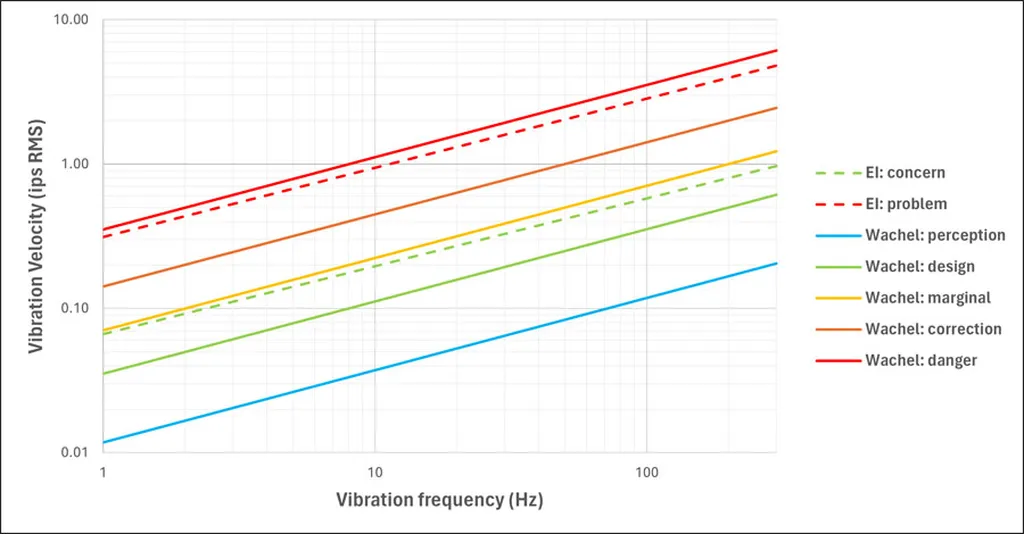In the heart of the energy sector, where pipelines stretch across vast landscapes, ensuring their reliable operation is paramount. A recent study published in the *Magazine of Civil Engineering* (translated from Russian as “Journal of Civil Engineering”) by Maltseva Tatyana of the Industrial University of Tyumen sheds new light on the natural vibrations of buried pipeline sections, offering insights that could revolutionize pipeline design and maintenance.
Pipelines, particularly those transporting oil and gas, are subjected to uniform flow-induced vibrations. Understanding these vibrations is crucial for preventing failures and ensuring the longevity of these critical infrastructure elements. Maltseva’s research focuses on a specific pipeline section: a steel-concrete cylindrical shell buried in soil. The inner part of the pipeline is made of steel, while the exterior is covered with a concrete layer ranging from 30 to 50 mm thick.
The study employs two methods to determine the natural vibration frequencies of this two-layer cylindrical shell. The first method is analytical, utilizing the half momentless theory of cylindrical shells to derive the frequency dependence. The second method is numerical, based on the finite element method (FEM) and implemented using the Lira Sapr software environment.
“Both methods provided comparable results, with a discrepancy of no more than 10%,” Maltseva explains. “For the first three frequencies of the spectrum, the discrepancy was even lower, at just 6%.” This means that both methods are applicable and can be used interchangeably, depending on the specific requirements of the project.
One of the most significant findings of the study is the efficiency of using the pastel coefficient for the concrete layer to account for soil conditions. This approach reduced the time of data input by 5–6 times compared to creating a soil mass using volumetric bodies. “The use of an analytical expression made it possible to obtain results an order of magnitude faster with the pastel coefficient than with the help of numerical soil modeling using volumetric elements,” Maltseva notes.
The implications of this research for the energy sector are substantial. By providing a more efficient and accurate method for determining natural vibration frequencies, Maltseva’s work could lead to improved pipeline design and maintenance practices. This, in turn, could enhance the reliability and safety of pipeline operations, reducing the risk of failures and the associated environmental and economic impacts.
Moreover, the study’s findings could pave the way for future developments in the field. As Maltseva points out, “Both methods are applicable, and the choice between them can be made based on the specific requirements of the project.” This flexibility could open up new avenues for research and innovation in pipeline design and maintenance.
In conclusion, Maltseva Tatyana’s research represents a significant advancement in our understanding of the natural vibrations of buried pipeline sections. By providing a more efficient and accurate method for determining these vibrations, her work could have far-reaching implications for the energy sector and beyond. As the industry continues to evolve, the insights gained from this study will undoubtedly play a crucial role in shaping the future of pipeline design and maintenance.

